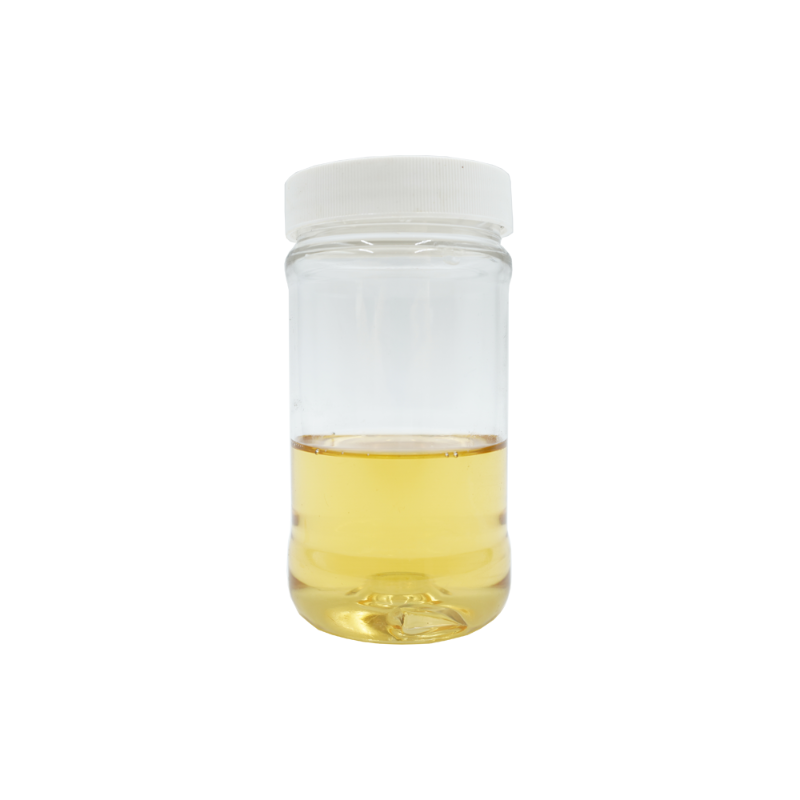-
Categories
-
Pharmaceutical Intermediates
-
Active Pharmaceutical Ingredients
-
Food Additives
- Industrial Coatings
- Agrochemicals
- Dyes and Pigments
- Surfactant
- Flavors and Fragrances
- Chemical Reagents
- Catalyst and Auxiliary
- Natural Products
- Inorganic Chemistry
-
Organic Chemistry
-
Biochemical Engineering
- Analytical Chemistry
- Cosmetic Ingredient
-
Pharmaceutical Intermediates
Promotion
ECHEMI Mall
Wholesale
Weekly Price
Exhibition
News
-
Trade Service
Water-based inks are generally called water-based inks, and flexographic water-based inks are also called liquid inks, which are mainly produced by composite milling of water-soluble resins, organic pigments, solvents and related additives
Inks are mainly divided into 4 categories according to the plate type:
1.
2.
3.
4.
Water-based ink formulation
1.
Type 870 acrylic resin liquid: 30; ethanol: 9; propylene glycol butyl ether: 8; N330 carbon black: 10; phthalocyanine blue BGS (or Hualan): 1.
2.
870 acrylic resin liquid: 30; ethanol: 8; scarlet powder: 6; Lissol scarlet: 28; propylene glycol butyl ether: 8; water-based wax: 1; 831 emulsion: 10; 824 emulsion: 20; defoamer: 0.
3.
870 acrylic resin liquid: 30; ethanol: 8; phthalocyanine green: 5; benzidine yellow: 38; 831 emulsion: 10; 824 emulsion: 20; water-based wax: 1; propylene glycol butyl ether: 8; defoamer: 0.
4.
870 acrylic resin liquid: 30; ethanol: 8; phthalocyanine blue BGS: 6.
Water-based ink production and manufacturing process
1.
2.
The formula needs to weigh the quasi-pigment and 0.
3 parts of defoamer into the dispersing kettle, and fully disperse and stir evenly
.
3.
Move the dispersed material to a sand mill for grinding, grind 3-4 times, and measure the fineness below 15um.
Otherwise, continue grinding until the fineness meets the requirements
.
4.
Move the ground material to the dispersion tank, and then weigh the quasi-831 emulsion, 824 emulsion, water-based wax, propylene glycol butyl ether, and the remaining defoaming and deionized water into the dispersion tank according to the requirements of the formula.
It's okay afterwards
.
(The speed of the disperser is controlled at 300-500 rpm)
Common problems in the production process and quality management
1.
The processing equipment should be checked for cleanliness and normal operation before starting operation
.
2.
The production workshop must avoid open flames, cool and ventilate, and whether the sealing of the sander and refrigeration are complete
.
3.
Weigh the amount of raw materials strictly according to the requirements of the formula
.
4.
Carry out the actual operation strictly according to the order of feeding
.
5.
After entering the factory, all kinds of raw materials should be manufactured in a small amount of laboratory to ensure the quality of industrial products
.






